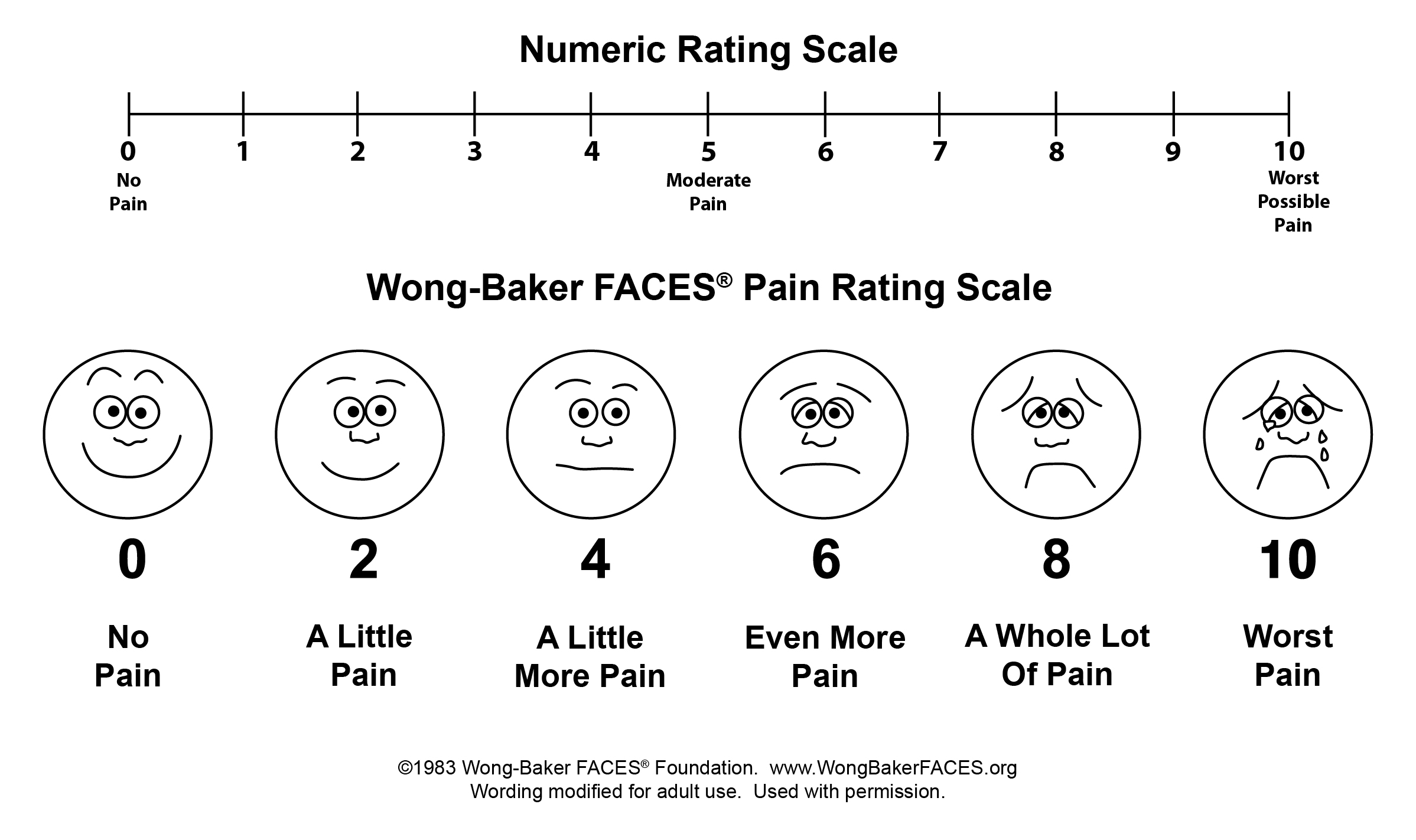

Among healthy volunteers, GSR, HR and BR were better correlated to pain intensity variations than facial muscle activities. With facial electromyogram, the adaptivity of this method to a new subject was improved as the recognition accuracy of moderate/ severe pain in leave-one-subject-out cross-validation was promoted from 74.9 ± 21.0 to 76.3 ± 18.1%. The same method was applied to the medians of each class in each test and accuracy was improved to 83.3%. The average classification accuracy was 70.6%. Then, artificial neural network classifiers were trained, validated and tested with the physiological parameters. The patterns of these three classes were first observed from the distribution of the 13 processed physiological parameters. The collected samples were labelled as no pain, mild pain or moderate/ severe pain based on a self-reported visual analogue scale.
#Intensity pain skin
Heart rate (HR), breath rate (BR), galvanic skin response (GSR) and facial surface electromyogram were collected from 30 healthy volunteers under thermal and electrical pain stimuli. On the basis of that, this study aims at developing a continuous pain monitoring method with the classification of multiple physiological parameters. In previous studies, various physiological signals have been observed qualitatively as a potential pain intensity index. Current acute pain intensity assessment tools are mainly based on self-reporting by patients, which is impractical for non-communicative, sedated or critically ill patients.


 0 kommentar(er)
0 kommentar(er)
